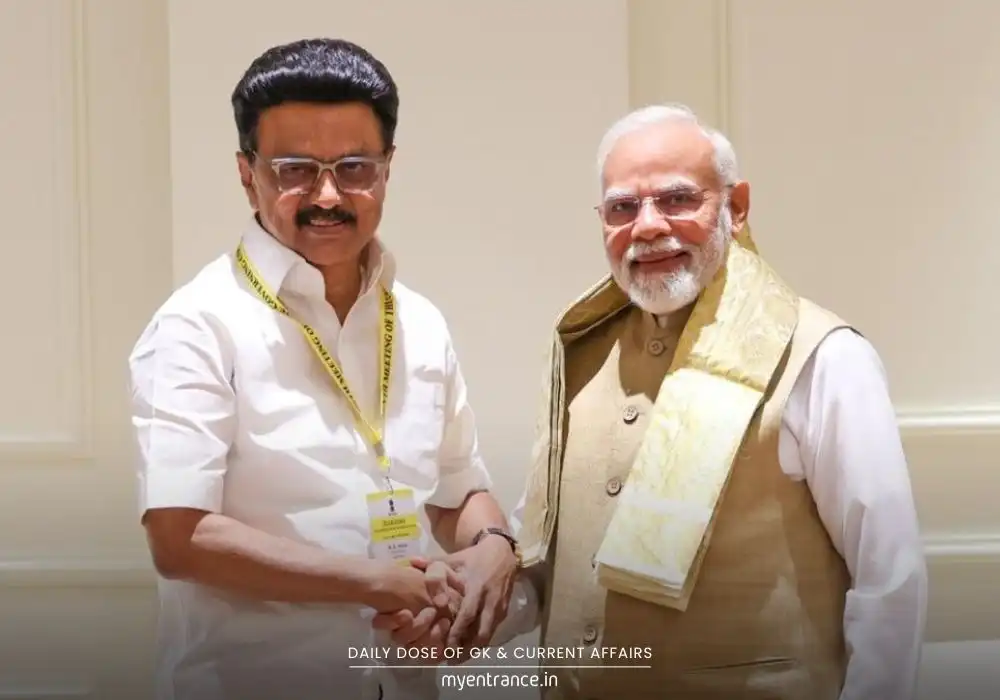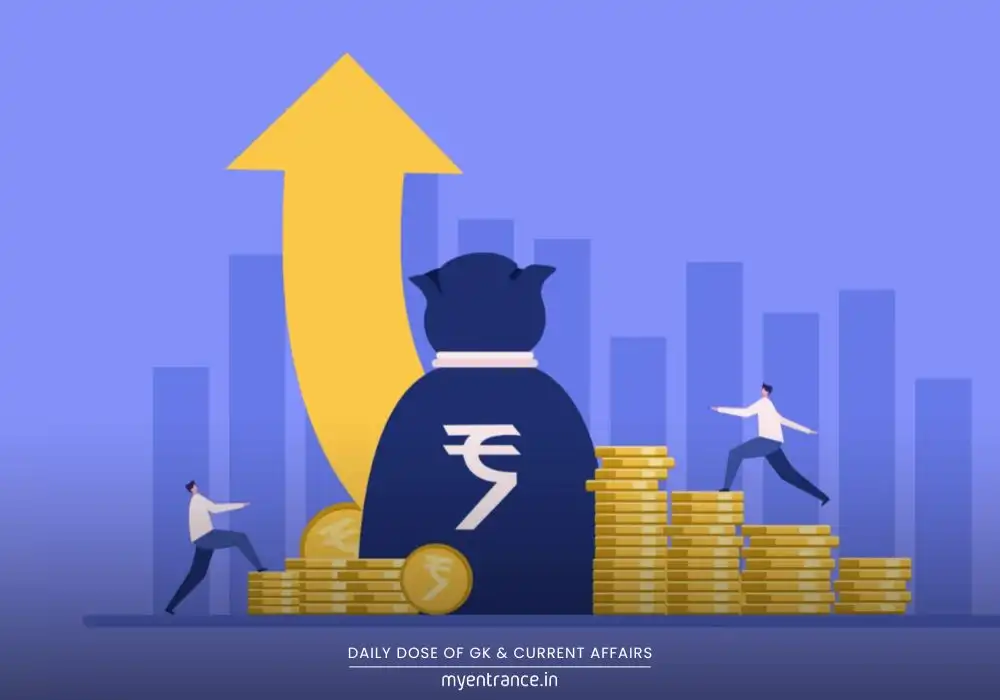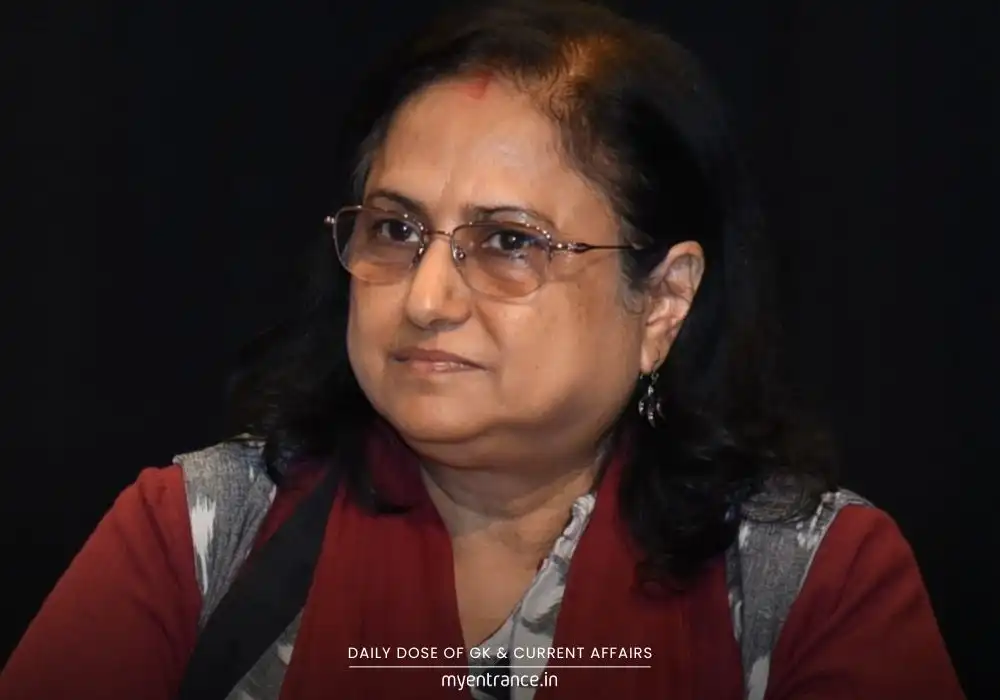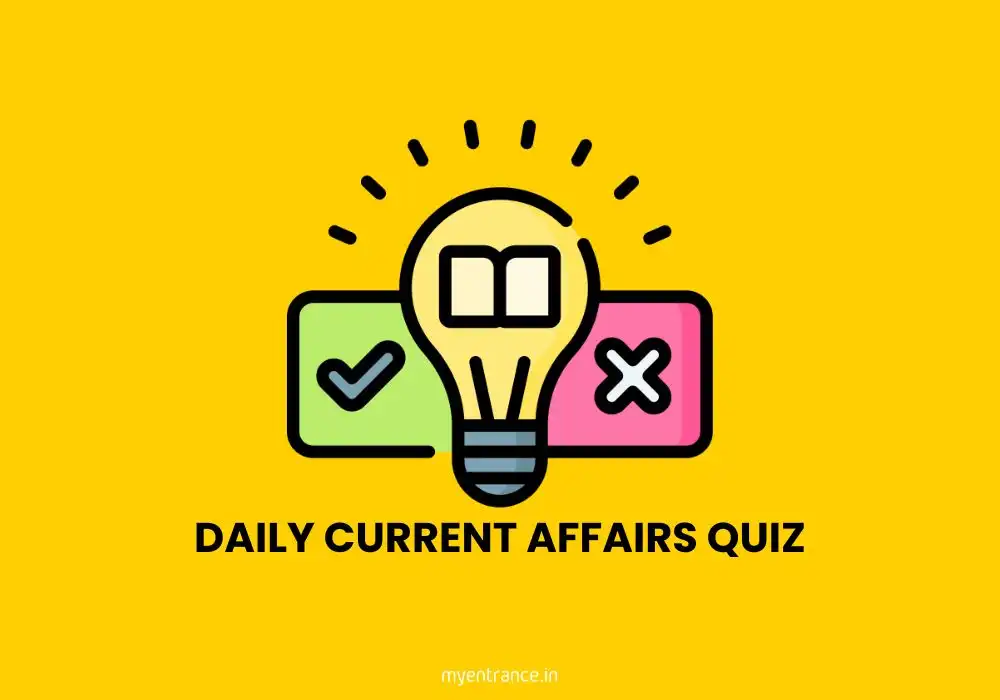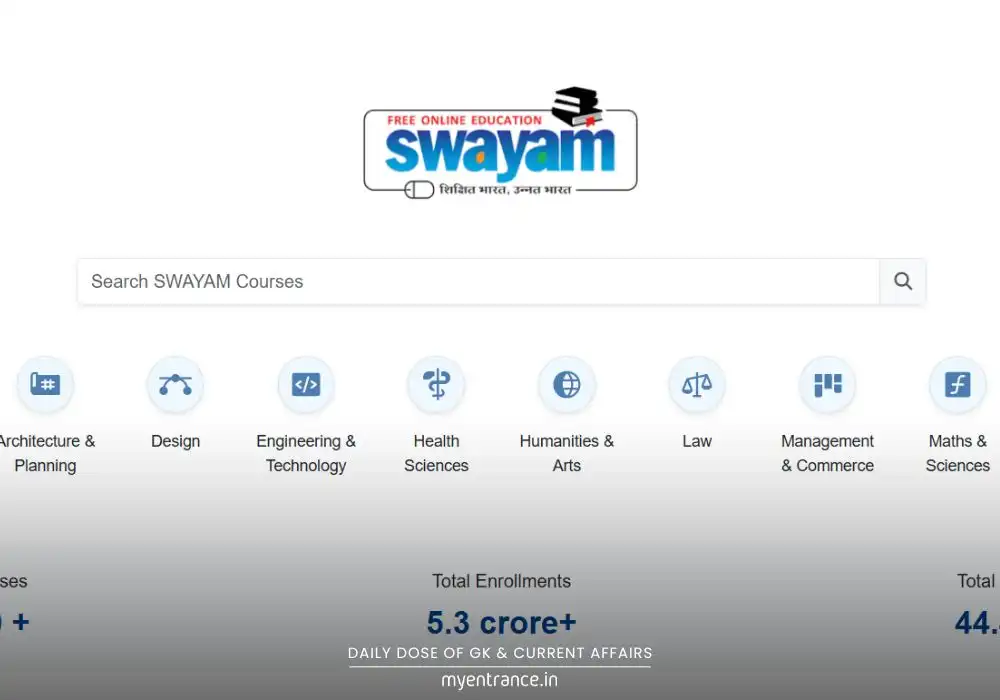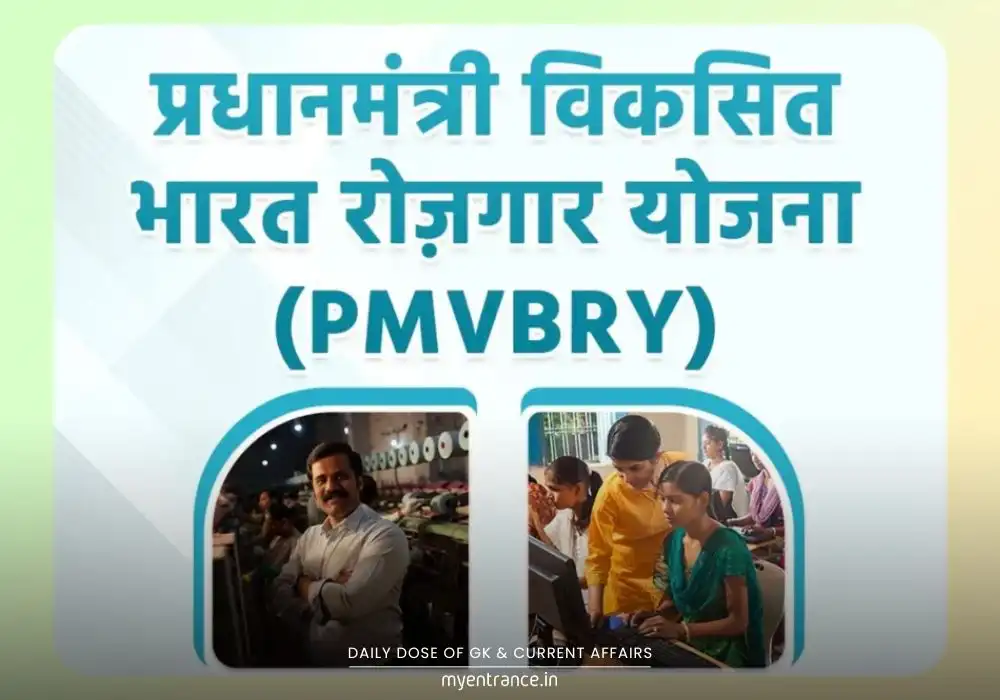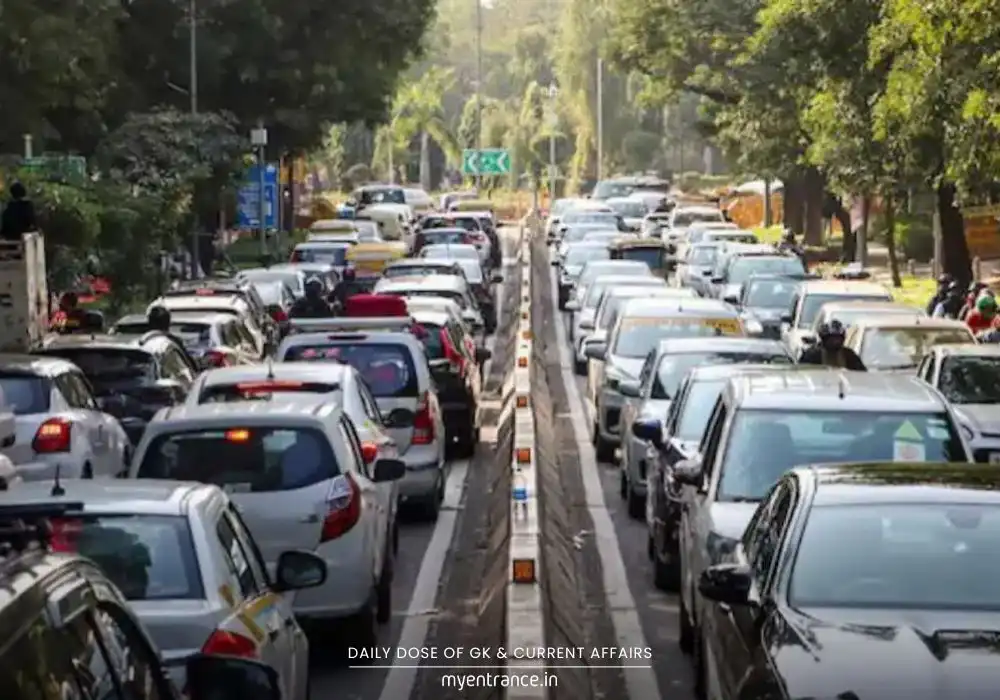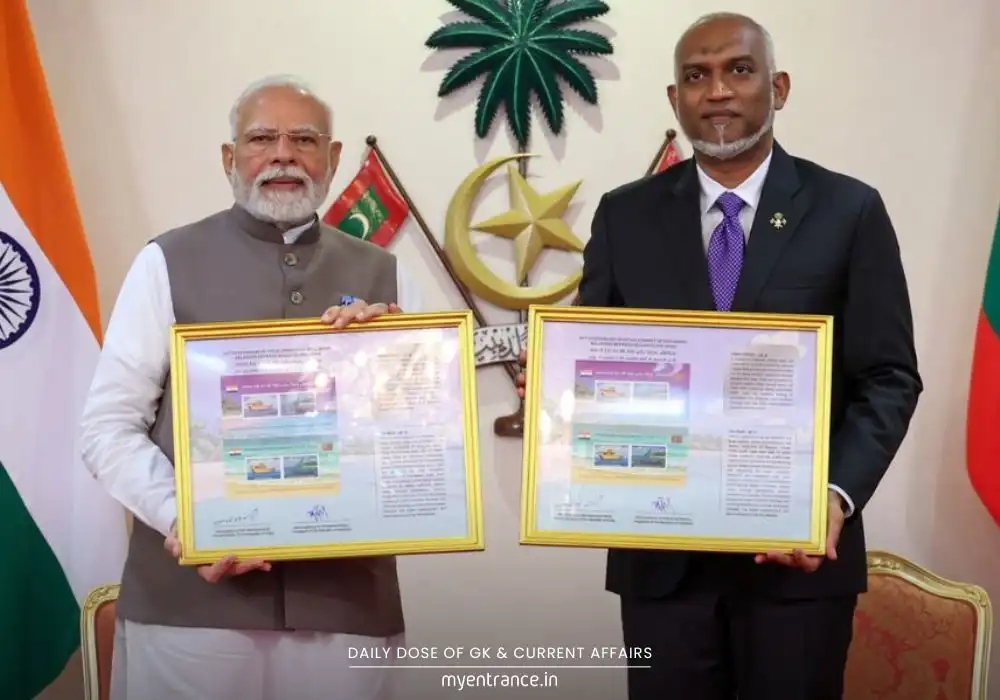Translate Language
What is Project Namak? Why India’s Health is Paying the Price?
Remember Kalia’s iconic loyalty pledge in Sholay, “Sardaar, maine aapka namak khaya hai”? Tragically, that very salt now threatens millions of Indians. Shifting diets and lifestyles mean we’re consuming dangerous levels of sodium, primarily hidden in processed foods, significantly increasing risks of hypertension, heart attacks, and strokes. The ICMR has launched “Project Namak” to tackle this growing crisis.
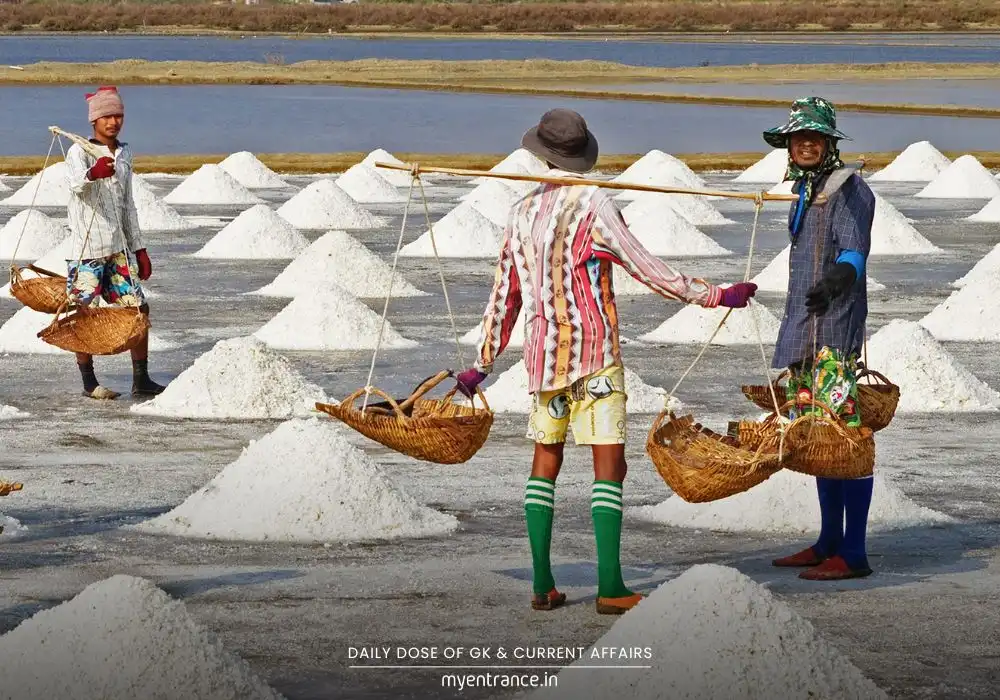
Forget Gabbar Singh; the real threat to many Indians today might be lurking in their kitchen cabinets and snack packets – common salt. While the World Health Organisation (WHO) clearly recommends a maximum of 5 grams per day (about one teaspoon), studies consistently show the average Indian gobbles up more than double that amount. This isn’t just about taste; it’s a serious public health hazard silently driving up cases of hypertension, devastating strokes, and debilitating heart diseases.
What is Project Namak?
The Indian Council of Medical Research-National Institute of Nutrition (ICMR-NIN) sounded the alarm in their 2024 Dietary Guidelines. They highlight the “deleterious impact” of excessive salt, damaging blood vessels, spiking blood pressure, and overloading the kidneys. How? Excess salt makes your body retain water. This forces your heart to work overtime, pumping a larger volume of fluid, directly leading to hypertension.
So, where’s all this extra salt coming from? Experts point the finger squarely at ultra-processed foods. It’s not just the salt you sprinkle:
Snacks & Savouries: Chips, namkeens, biscuits.
Sauces & Condiments: Ketchup, soy sauce, pickles, chutneys.
Dairy: Salted butter, cheese, paneer.
Preserved Goods: Canned veggies/fruits, papads, pickles, salted dry fish, packaged soups.
Ready-to-Eat: Instant noodles, frozen meals, processed meats.
Unexpected Sources: Salted nuts, many breakfast cereals, even some breads.
Alarmed by these findings, the ICMR-National Institute of Epidemiology (ICMR-NIE) recently launched Project Namak. This crucial three-year, community-driven program aims to reduce salt intake specifically among people battling hypertension. Dr. Sharan Murali, the project lead, explains their strategy: leveraging existing healthcare touchpoints. Their research found that 78% of hypertension patients receive some behaviour change counselling during follow-ups. Project Namak will integrate targeted salt reduction advice into these sessions, alongside medication management.
This isn’t a new concern. Decades of research, published in journals like the Journal of Hypertension and the Journal of the American Heart Association, have consistently flagged India’s dangerously high salt consumption. The stakes are high, reflected in a salt market projected to reach a staggering USD 4.23 billion by 2034.
The Hidden Sodium Trap: It’s Not Just Table Salt!
Understanding “salt” goes beyond the white crystals. Sodium sneaks into our diets in many disguised forms:
Baking Soda (Sodium Bicarbonate): Ubiquitous in cakes, cookies, and other bakery items.
MSG (Monosodium Glutamate): The flavour enhancer common in instant noodles, soups, and canned foods.
Sodium Nitrite/Nitrate: Used to preserve processed meats like sausages and bacon.
Sodium Benzoate: A preservative in jams, pickles, soft drinks, and salad dressings.
Sodium Saccharin: An artificial sweetener found in some diet sodas.
Finding Balance: The Low-Sodium Quest
Faced with this crisis, “low-sodium” salts (where some sodium is replaced with potassium) offer potential. However, scaling these up in India faces hurdles: cost, limited supply, and crucially, lack of large-scale Indian safety and efficacy studies. While a major Chinese trial (SSaSS) showed significant benefits in reducing stroke and heart disease risk, adapting this for India requires careful piloting.
Dr. K. Srinath Reddy (Public Health Foundation of India) notes concerns: “Could potassium substitutes harm those with reduced kidney function?” He emphasizes that while potassium (found in bananas, coconut water) counteracts sodium, getting enough through diet alone can be challenging year-round. NIN’s Dr. SubbaRao M Gavaravarapu adds a behavioural pitfall: “People might use more low-sodium salt thinking it’s safer, negating the benefit.”
Taking Control: What Can Be Done?
While we await broader solutions like low-sodium salt adoption and potential FSSAI “front-of-pack” warning labels (similar to traffic light systems used in the UK), experts stress immediate action:
Read Labels Diligently: Check for sodium content and hidden sources (MSG, baking soda, preservatives).
Cook Fresh Whenever Possible: This gives you complete control over salt levels.
Spice it Up: Use herbs (coriander, mint, basil), spices, lemon juice, vinegar, garlic, and ginger to boost flavour without extra salt.
Rinse Canned Goods: Wash beans and vegetables from cans to remove excess sodium.
Gradual Reduction: Your taste buds adapt! Slowly use less salt in cooking; you’ll soon prefer it.
Demand Change: Support public health initiatives like regulating salt in school meals, hospitals, and government canteens.
Get 3 Months Free Access for SSC, PSC, NIFT & NID
Boost your exam prep!
Use offer code WELCOME28 to get 3 months free subscription. Start preparing today!
